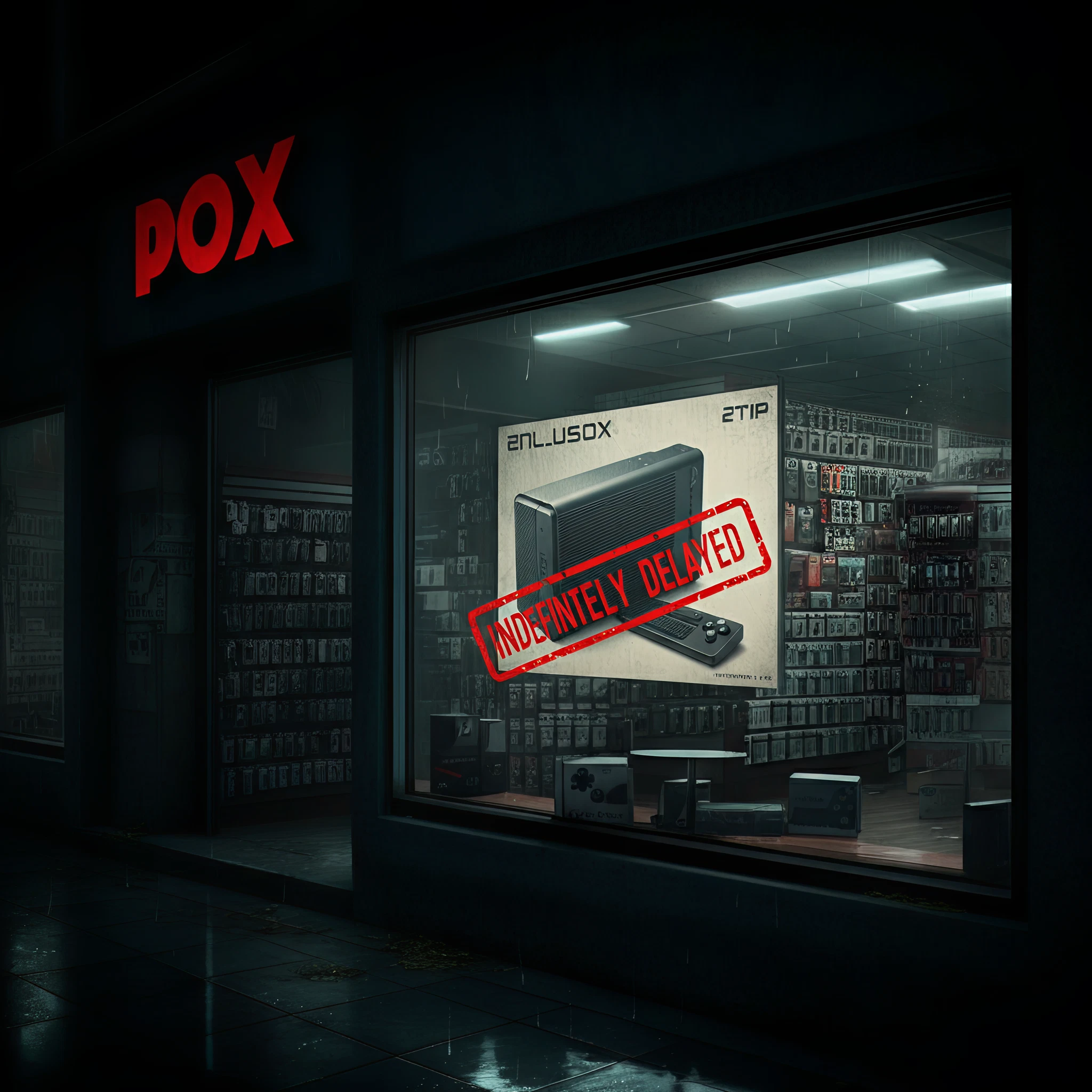The eagerly awaited Nintendo Switch 2 has hit a roadblock that could leave millions of gamers and fans disappointed. The console’s launch, originally planned for worldwide release on June 5, has faced delays in certain regions such as China, throwing a wrench into what was supposed to be an exciting debut. Here’s everything you need to know about this development, its impact, and what the future may hold.
Background on the Nintendo Switch 2
The Nintendo Switch 2 has been one of the most anticipated gaming consoles of the decade. Known for its hybrid portable-and-dockable design, the new iteration promised enhanced performance, better visuals, and a host of new features aimed at revolutionizing gaming for the casual and hardcore markets alike. From improved graphics to rumored exclusive titles, the excitement surrounding the Switch 2 was unparalleled.
Nintendo’s preorder strategy captured attention, offering direct orders through its website while leaving hopeful buyers to scramble for retailer options. Despite its global appeal, the Switch 2 has now stumbled, at least in certain territories. This delay has enormous implications for the company, particularly for regions where gaming demand is on the rise.
Impact of the Delay on Nintendo’s Market Position
The indefinite delay in China is a significant blow to Nintendo. With China’s massive consumer base and growing interest in gaming consoles, the Switch 2 could have opened up new revenue streams and reinforced Nintendo’s presence in the region. However, regulatory hurdles and tight controls on gaming activity appear to have dampened this opportunity.
Globally, the delay could also give competitors like Sony and Microsoft more breathing room, enabling them to strengthen their hold on segments that Nintendo might have otherwise dominated. For customers, this delay might undermine trust in Nintendo’s ability to meet deadlines.
For North America and Europe, while the launch seems unaffected, pricing controversies and pre-order struggles have already raised eyebrows among fans. Whether Nintendo can recover from these challenges and maintain its market standing remains to be seen.
Reasons Behind the Indefinite Delay
1. Regulatory Roadblocks in China
According to reports from Nikkei Asia, the delay stems from increased scrutiny and tighter controls on gaming from Chinese authorities. Regulatory requirements in China are notoriously strict, often leading to postponed releases and tighter approvals. Nintendo, being no exception, has faced these hurdles head-on.
2. Supply and Demand Concerns
Another reason cited is Nintendo’s efforts to manage supply and demand better. By holding off on an immediate launch, the company hopes to allocate sufficient stock to meet customer needs in the future. This planning aims to avoid shortages and ensure that when the Switch 2 does land in China, it won’t leave millions of eager fans empty-handed.
3. Global Economic Factors
Ongoing economic conditions, including inflation and logistics challenges, may have influenced this decision. Tariffs and other potential cost increases in some markets are also rumored to have played a role.
Alternative Gaming Options for Disappointed Fans
If you’re one of the gamers left waiting for the Nintendo Switch 2, there are plenty of alternatives to consider in the meantime:
- Steam Deck: Valve’s portable powerhouse offers PC-quality gaming on the go.
- Xbox Series S/X and PlayStation 5: Both consoles boast cutting-edge performance and a wide selection of exclusives.
- Nintendo Switch OLED: For those still loyal to the Nintendo brand, the OLED model is a great option and an enhanced version of the classic Switch.
- Cloud Gaming Options: Platforms like NVIDIA GeForce NOW and Microsoft xCloud allow you to play high-performance games on nearly any device.
While the delay may sting, these options ensure you can still get your gaming fix.
Examining the Accuracy of the Reports
While the news comes from reputable sources such as Nikkei Asia, it’s worth noting that there’s been no direct comment or official statement from Nintendo beyond basic confirmation of the delay. Until Nintendo releases a detailed explanation, the full extent of these delays remains speculative.
For millions of gamers in China who were expecting the console, this lack of transparency adds to the frustration. Gamers outside China, however, can take solace in the fact that other regions appear unaffected—for now.
Speculating on a Revised Release Timeline
Could the delay span just a few months, or are we looking at a year or more? Based on past trends in the gaming industry, here are some considerations:
- If the delay is supply-chain related, expect a postponement of 3–6 months, as production ramps up.
- Regulatory hurdles in China, however, could take much longer to resolve. We’ve seen cases where launches have been delayed by up to a year or more, often dependent on unpredictable policy shifts.
- Nintendo may opt to strategically delay globally, though this is less likely given their current communications.
Monitoring Nintendo’s official announcements and market trends will offer the clearest indications of what’s to come.
Looking Ahead for Nintendo and Gamers
Nintendo fans are resilient, and while this delay may be frustrating, it’s unlikely to diminish the excitement surrounding the new console for long. What matters now is how Nintendo handles communication and recovery, both in affected regions and globally. Transparency and customer-focused strategies will be critical for maintaining trust and enthusiasm.
For now, gamers can continue enjoying their favorite titles and consoles while keeping an eye out for updates from Nintendo.
Have findings of your own? Share your thoughts in the comments.
Looking to explore alternative options while waiting? Stay tuned for our in-depth comparison of the Steam Deck and Switch OLED!








